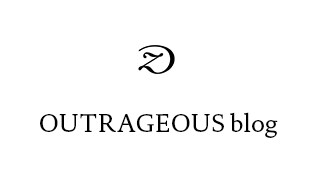 | ||||
| Adelhyd Van Bander, Folder #21, 1999-2014 Courtesy Delmes & Zander, Cologne |
11 October, 2019 - 05 January, 2020
"The Electric Eye, curated by Antonia Gaeta and
Pilar Soler, revolves around a series of works that use the artistic
language to reveal an enigmatic journey, a to-ing and fro-ing between
several dimensions or between a visible and an invisible reality.
Encrypted messages using cosmological structures provide a glimpse into
diverse realities and worlds, often deliberately dark and characterised
by complex iconographies.
The key to these works resides in the meeting between forms and
meanings that bring together tutelary entities and figures. It is a
project about the mystery in meanings and hidden presences. The
exhibition dramatises these elements as transient memories, materialised
as multiple, complex realities, specific calculations, pyramids of
power, apathies abated with the concretion of a visionary mission.
Above all, the show presents visitors with a provocative
impossibility: the inability to decipher the entire message behind the
works, because in many cases the artists act as mediators between the
rational world and another unknown or transcendental world. The works
therefore become narratives of the subconscious, inadvertently assuming
aspects that subvert the established. Through a variety of coded
messages, formulas, invented figures and secret codes, they question the
limits of reason. There is always some hidden aspect that becomes an
enigma and emerges as the only possible space of liberation in the face
of its pathological condition. Conceived on these lines, the exhibition
demonstrates the power of subjective processes, compulsive obsessions
and fantastical visions."
"The exhibition presents selected works from the Treger/Saint Silvestre
Collection, one of the richest and most comprehensive collections of art brut in Europe, housed at the Centro de Arte Oliva in São João da Madeira, Portugal."
The exhibition includes works by Horst Ademeit, Adelhyd van Bender, Adolf Wölfli, Agatha Wojciechowsky, Margarethe Held, Madge Gill, Anna Zeimánková, Nina Karasek, Bruly Bouabré, Albino Braz, Vasilij Romanenkov, Aníbal Brizuela, Janko Domsic, John Urho Kemp, Herald Stoffers, Melvin Way, Beverly Baker, Raimundo Camilo, Scottie Wilson, Lesage, Fleury-Joseph Crépin and Friedrich Schröder-Sonnenstern.
For further information about the exhibition: https://www.lacasaencendida.es/en/exhibitions/electric-eye-9602










